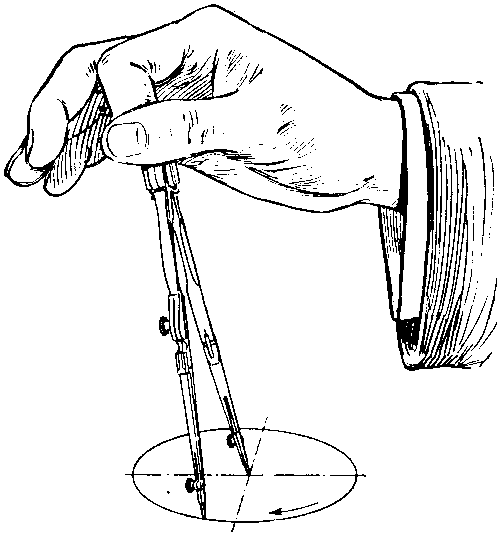The Manual Arts
Today, let's work with our hands. The University of Houston's College of Engineering presents this series about the machines that make our civilization run, and the people whose ingenuity created them.
Headline in the June 21, 2000 New York Times: Schools Turning [Away] From Teaching the Trades. New York has long operated vocational high schools. Such schools were fairly common when I was young. But, more than that, vocational training was a part of any high school. You could take drafting, home economics, wood shop, maybe even metal shop, typing, print shop, and more.
Those courses have waned in regular high schools. They're the province of vocational schools whose students don't expect to go to college. College-bound students no longer expect to hone manual skills. And that has created a crisis in New York.
No one doubts the value of vocational high schools. But who's left to teach in them? In the past eight years, attendance in those schools has dropped less than seven percent. During that same time, New York has lost sixty percent of its welding instructors, eighty-three percent of its refrigeration/air conditioning teachers, almost ninety percent of its woodworking instructors, and nobody at all is left to teach machine shop.
The logic of that is painfully obvious. High schools, including vocational schools, want college-educated teachers. But vocational high schools no longer expect to feed students into college. The simple consequence is that few graduates of any college of education are qualified to teach vocational material.
This is only a symptom of a greater problem. I don't believe that anyone who has never handled tools can call himself or herself educated. Our culture rests upon manufactured things -- beds, chairs, TVs, cars, thermostats, window panes -- books. The idea that we can serve our society, that we can vote, that we can expand our culture without such elemental knowledge is wrong. For one thing, we wind up talking about things we don't understand. But we also lose a basic dimension of abstract thinking.
To make solid three-dimensional things we have to expand our vision into three dimensions. I can't make a table leg, a radio, or a working drawing of a real object without venturing into an abstract mental world. That world necessarily stays hidden as long as I gaze only at two-dimensional paper or two-dimensional screens.
We've come to this pass in our educational system through simplistic straight-line thinking. Leaders are people who know literature and economics; leaders don't operate lathes. Therefore, to produce leaders, forget lathes and drill presses. Forget drafting!
We need to remember that Thomas Jefferson loved to work with his hands. He was a fine draftsman. Ben Franklin constantly designed and built things. Jimmy Carter and Barry Goldwater both spent their lives working with their hands. George Washington worked as a surveyor. The young Teddy Roosevelt worked as a rancher. Herbert Hoover was once America's leading mining engineer.
We need to remember that manual skills really have shaped America.
I'm John Lienhard, at the University of Houston, where we're interested in the way inventive minds work.
(Theme music)
Kershaw, S., Schools Turning From Teaching the Trades. New York Times, Wednesday, June 21, 2000, pp. A1 and A25.
